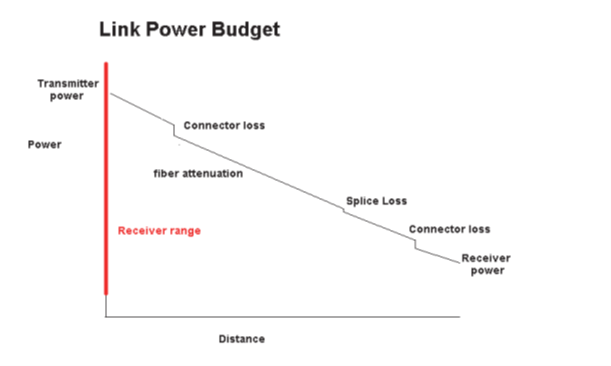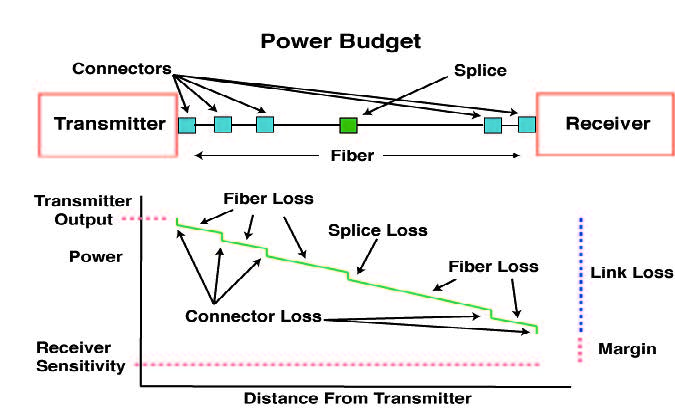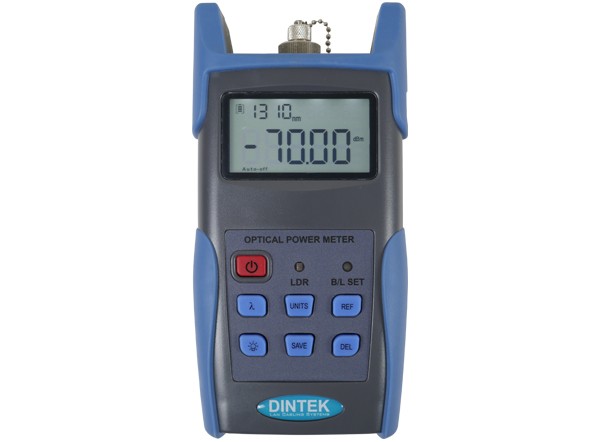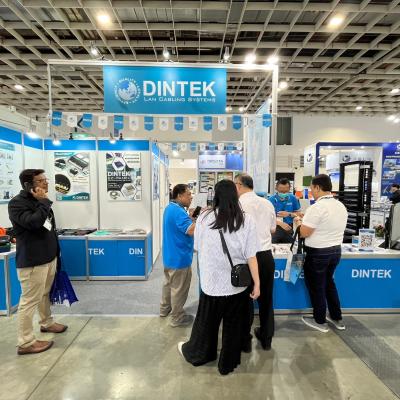
Understanding Loss Budgets:
A Comprehensive Guide
In the realm of telecommunications, networking, and optical systems, loss budgets play a crucial role in ensuring the reliable and efficient transmission of data. A loss budget is essentially a predefined limit on the total allowable signal loss within a given system or network. Understanding loss budgets is essential for designing, troubleshooting, and maintaining complex communication systems. In this article, we will delve into the concept of loss budgets, their significance, and how to effectively manage them for optimal system performance.
What is a loss budget?
A loss budget, also known as a power budget or optical budget, quantifies the acceptable amount of signal loss that a system can tolerate while still maintaining reliable communication. It accounts for the cumulative losses that occur as a signal traverses various components, such as optical fibers, connectors, splices, and other passive and active elements within a network. Loss budgets are expressed in decibels (dB), which is a logarithmic unit used to measure the ratio of input power to output power.
Components of a loss budget
A loss budget takes into account a range of factors that contribute to signal attenuation. These factors include:
Transmitter Power: The initial power of the signal generated by the transmitter is a critical component of the loss budget. It determines the starting point for calculating losses as the signal travels through the system.
Fiber Attenuation: Optical fibers are the primary medium for transmitting data in many communication systems. However, as light travels through the fiber, it experiences attenuation, which is the reduction in signal strength due to absorption and scattering. Fiber attenuation is a key contributor to the loss budget.
Receiver Sensitivity: The receiver's sensitivity level is the minimum signal power required for proper detection and decoding of data. A loss budget must ensure that the signal received at the end of the transmission path is still above this sensitivity threshold.
Connectors and Splices: Connectors and splices are essential for joining optical fibers and other components in a network. Each connection or splice introduces additional losses due to imperfect alignment or reflection.
System Margin: To account for uncertainties, variations, and potential future upgrades, a loss budget typically includes a margin or safety factor. This margin provides a buffer against unforeseen losses, ensuring that the system will continue to function even under less-than-ideal conditions.

Loss budget calculation


Importance of loss budgets
Design Verification: Before implementing a network or system, engineers use loss budgets to verify whether the proposed design will meet the required performance criteria. It helps ensure that the signal strength remains above the receiver's sensitivity level.
Troubleshooting: In case of communication issues, loss budgets aid in pinpointing the source of the problem. By comparing actual losses with the budgeted losses, technicians can identify faulty components or connections.
Upgrades and Maintenance: Loss budgets are valuable during system upgrades or expansions. They help determine whether new components can be added without exceeding the allowable signal loss.
Predicting Performance: Loss budgets allow engineers to predict the system's overall performance over time. As components age or accumulate dirt, losses may increase, potentially impacting the system's reliability.
Loss budgets provide a systematic approach to ensure the successful transmission of data. By quantifying the permissible signal loss and accounting for various components and uncertainties, loss budgets play a pivotal role in designing, troubleshooting, and maintaining efficient communication networks. Engineers and technicians armed with a thorough understanding of loss budgets can optimize system performance and ensure reliable data transmission for a wide range of applications.
DINTEK'S FIBER OPTIC TESTING EQUIPMENT
The DINTEK Handheld Optical Power Meter and
Handheld Optical Light Source offer quick and accurate testing solutions on both SM and MM fibers.
Key Features:
Wave ID information can be transmitted when these two products are used together.
Intelligent backlight control (light intensity can be adjusted properly according to ambient light, which greatly reduces power consumption.
For more information on any of our fiber optic products, please email









